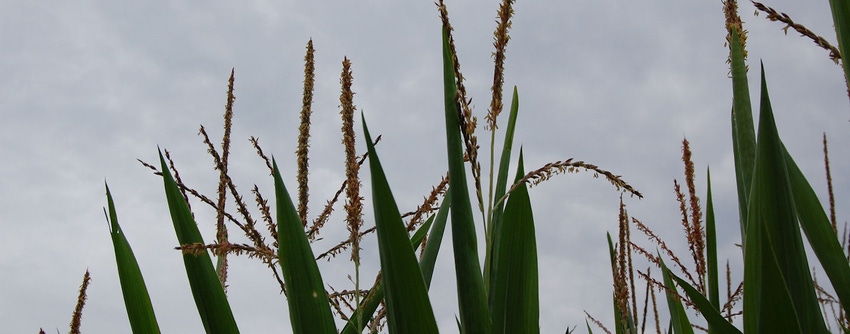
Good corn silage might be the top ration ingredient for many backgrounders or stocker operators in between forages this fall or winter.
A recent summary by Terry Klopfenstein, retired University of Nebraska animal scientist says in the right scenario, silage can represent a better buy per ton of total digestible nutrients (TDN) than corn or hay.
Of course, that depends on the many variables, he says.
Generally, he assumed the feedlot or backgrounder would be close to the fields to be ensiled, and also that manure would be hauled back out to the same fields once every four years to replace the extra nutrients removed by the silage, thereby cheapening the cost.
Generally, this discussion addresses corn silage fed as 85-90% of a ration for growing cattle.
Silage price
Klopfenstein based silage price on value of the corn grain in the field, and included a share of corn storage costs, which is about the normal price appreciation from harvest to beginning of the next production year. They also used April's futures price minus the basis for Nebraska, resulting in a net price in the field of $2.96, which puts the silage at $25.33 per ton of 38%-dry-matter silage. The corn price has fallen lower now, of course, but Klopfenstein says the relationships in his study still hold.
Manure value
Typically the value of the plant nutrients in the forage part of the silage has been added to the price of the silage. However, for these calculations Klopfenstein calculated putting those nutrients back on the fields, which nearly erases those added silage costs.
"When credit is given for the manure nutrients, the price of silage is 52% to 55% the price of corn, so silage would be very economical," he says. "However, the manure credit includes P at about four times the level needed for annual plant growth."
He considered three options, but said rotating fields each of the four years is most economical.
Stocker economics
Lighter cattle in the growing stage produce fewer manure nutrients, and that affects price and returns but still offers opportunities, he adds.
Silage priced to the feed truck is 71-75% the cost of corn, depending upon the amount of silage shrink, Klopfenstein says.
The Grower Economics table accompanying this article reflects the economics using the data from a recent growing experiment by Henry Hilscher, a UNL graduate student and feedlot manager. Cost of gain was 50 cents per pound with 10% silage shrink and 52 cents with 15% silage shrink.
Klopfenstein says because he did not have a control group for the growing performance, he calculated the cost per pound of TDN for several feedstuffs. Because the DGS has 130% the energy of corn in growing diets, it is the least expensive source of energy when priced equal to corn per pound of dry matter.
In the final chart you can see corn silage is 83 to 88% the price of corn. This suggests corn silage supplemented with DGS is an economical way to grow calves in a lot.
To download the a recent silage program proceedings with all Klopfenstein's charts, including the manure-valuation options, go to this link.
About the Author(s)
You May Also Like




